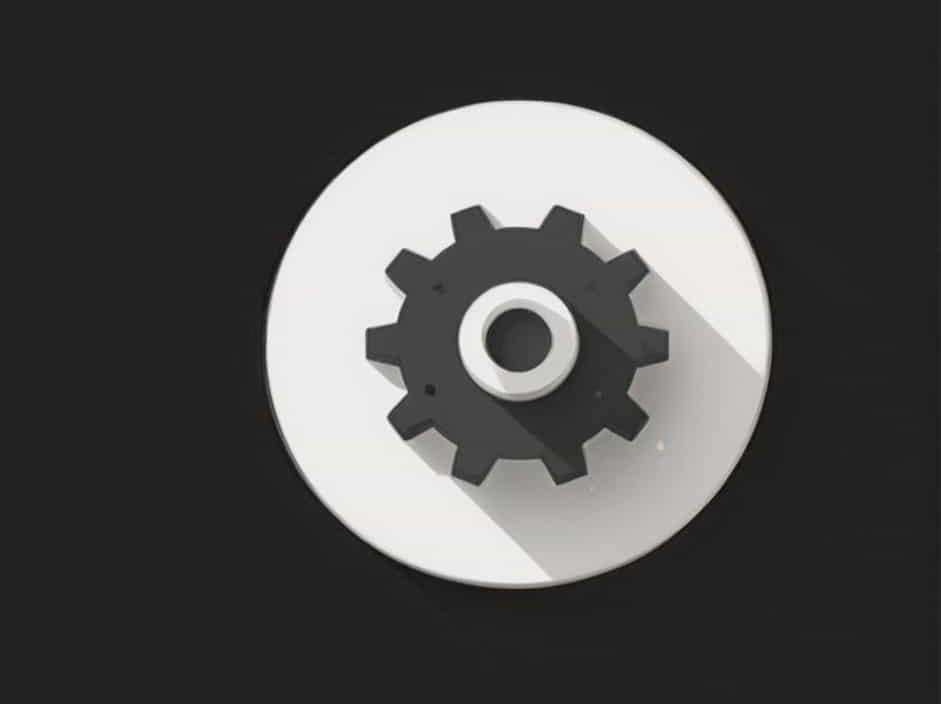Projective dynamics is a powerful computational method used in physics-based simulation, particularly in soft body dynamics and contact mechanics. When combined with dry frictional contact, it enables realistic simulations of objects interacting under frictional constraints. This is essential in robotics, gaming, engineering, and material science.
This topic explores the fundamentals of projective dynamics, its application to dry frictional contact, and how it enhances realistic simulations.
1. Understanding Projective Dynamics
1.1 What is Projective Dynamics?
Projective dynamics is an efficient numerical approach for simulating elastic and rigid body deformations. Unlike traditional physics-based methods, it offers fast and stable simulations by formulating the problem as a series of local projections that converge toward a global solution.
1.2 Key Benefits of Projective Dynamics
- Fast Convergence – Reduces computation time significantly.
- Stability – Handles large deformations without instability.
- Simplicity – Easy to implement compared to standard solvers.
1.3 Applications of Projective Dynamics
- Soft body simulation – Used in gaming and animation to create realistic character movements.
- Material deformation modeling – Essential for engineering and structural simulations.
- Biomechanics – Simulating human tissue and muscle behavior.
2. Introduction to Dry Frictional Contact
2.1 What is Dry Friction?
Dry friction occurs between two solid surfaces in contact, resisting their relative motion. It is governed by Coulomb’s law of friction, which states:
where:
- F_f = friction force
- mu = coefficient of friction
- N = normal force
2.2 Types of Dry Friction
- Static Friction – Prevents motion until a force exceeds the threshold.
- Kinetic Friction – Opposes motion once movement starts.
2.3 Importance of Dry Friction in Simulations
- Prevents objects from slipping unrealistically.
- Enables realistic object stacking in physics engines.
- Simulates gripping and interaction in robotic applications.
3. Combining Projective Dynamics with Dry Frictional Contact
3.1 Why Integrate Dry Friction in Projective Dynamics?
While projective dynamics is effective for deformation, contact forces and friction must be modeled separately. The integration of dry frictional contact ensures that:
- Objects respond realistically to external forces.
- Contact constraints are efficiently enforced.
- Simulations run fast without sacrificing accuracy.
3.2 Challenges in Implementing Dry Frictional Contact
- Nonlinearity – Frictional forces are direction-dependent.
- Discontinuous behavior – Switching between static and kinetic friction.
- Computational cost – Requires iterative solvers to resolve contact constraints.
3.3 Computational Approach
To address these challenges, methods like Proximal Point Formulation and Augmented Lagrangian Methods are used. These methods ensure smooth convergence of frictional forces while maintaining high computational efficiency.
4. Mathematical Formulation of Projective Dynamics with Dry Friction
4.1 Projective Dynamics Equation
The general form of projective dynamics for a system of ptopics is:
where:
- M = mass matrix
- ddot{x} = acceleration
- f(x, v) = internal forces
- P = projection operator ensuring positional constraints
4.2 Incorporating Contact Constraints
To model frictional contact, we introduce Lagrange multipliers:
where:
- J = contact Jacobian matrix
- lambda = contact forces
- f_f = frictional force component
This equation ensures that the object remains in contact without violating frictional constraints.
4.3 Solving for Dry Friction
Using a projected Gauss-Seidel (PGS) or iterative solver, we enforce:
This step ensures that objects slip only when the frictional threshold is exceeded.
5. Applications of Projective Dynamics with Dry Frictional Contact
5.1 Robotics and Grasping Simulations
- Ensures realistic grip forces when robots handle objects.
- Simulates how robotic fingers interact with various surfaces.
5.2 Virtual Reality (VR) and Gaming
- Enhances realistic physics interactions between characters and environments.
- Prevents unrealistic sliding or penetration of objects.
5.3 Engineering and Structural Analysis
- Models how mechanical parts interact under stress and friction.
- Helps in designing materials with better contact resistance.
5.4 Medical Simulations
- Used for biomechanical modeling of bones and tissues.
- Enhances haptic feedback in surgical training simulations.
6. Future Developments in Projective Dynamics with Dry Friction
6.1 Improving Real-Time Simulations
Current methods focus on balancing accuracy and speed. Future research aims to:
- Optimize iterative solvers for frictional constraints.
- Develop GPU-based acceleration for real-time applications.
6.2 Machine Learning Integration
- AI-driven models can predict frictional responses more efficiently.
- Neural networks can learn from real-world contact interactions.
6.3 Hybrid Methods for Enhanced Accuracy
- Combining projective dynamics with finite element methods (FEM) for complex materials.
- Implementing adaptive solvers that adjust based on simulation conditions.
Projective dynamics with dry frictional contact enables highly efficient and realistic simulations of object interactions. By integrating fast solvers with accurate friction models, researchers and developers can create better physics-based simulations for robotics, gaming, VR, and engineering.
Future advancements in computational physics, AI, and GPU acceleration will further enhance the realism and speed of contact-based simulations. This will open new doors for interactive virtual environments, autonomous robots, and material science innovations.
